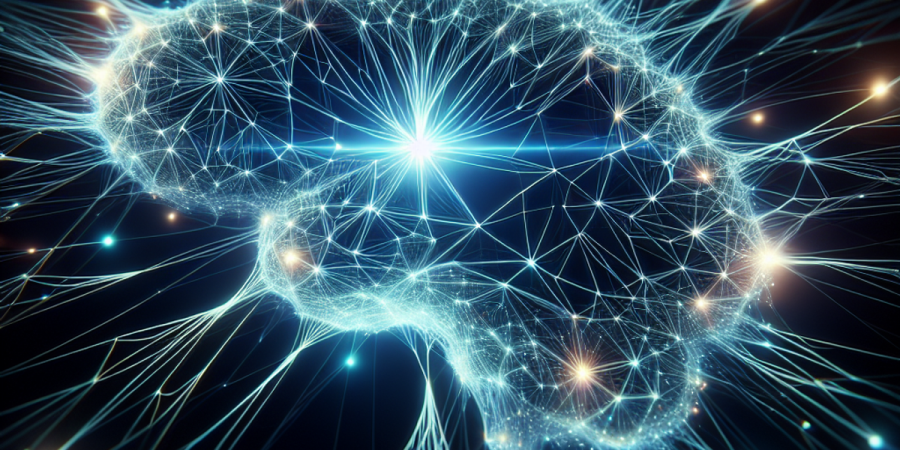

In the realm of artificial intelligence (AI), deep learning stands out as a powerful and enigmatic force, driving innovation and transforming industries. But behind its impressive capabilities lies a complex and often misunderstood technology, shrouded in mystery—the deep neural network. In this article, we embark on a journey to demystify deep learning, unraveling the inner workings of the black box and shedding light on its principles and applications.
Understanding Deep Learning
At its core, deep learning is a subfield of machine learning that leverages neural networks with multiple layers (hence the term "deep") to extract patterns and insights from data. Inspired by the structure and function of the human brain, deep neural networks consist of interconnected nodes organized into layers, each layer performing complex computations on the input data. Through a process called backpropagation, these networks learn to adjust their internal parameters—known as weights and biases—to minimize the error between predicted and actual outputs, gradually improving their performance over time.
Unraveling the Black Box
One of the challenges of deep learning lies in its opacity—the so-called "black box" nature of neural networks, where the inner workings of the model are often difficult to interpret or explain. Unlike traditional rule-based systems, where decisions are made based on explicit rules or logic, deep neural networks operate by learning complex patterns and relationships from data, making it challenging to understand how they arrive at their decisions.
Layer by Layer: The Anatomy of a Neural Network
To demystify deep learning, let's break down the components of a neural network:
Input Layer: The first layer of the neural network receives input data, such as images, text, or numerical features, and passes it on to the next layer for processing.
Hidden Layers: Sandwiched between the input and output layers, hidden layers perform intricate computations on the input data, extracting hierarchical features and representations that capture the underlying patterns in the data.
Output Layer: The final layer of the neural network produces the model's predictions or outputs based on the processed input data. Depending on the task—whether it's classification, regression, or generation—the output layer may consist of one or multiple nodes, each representing a different class or value.
Applications of Deep Learning
Deep learning finds applications across a wide range of domains, including:
The Future of Deep Learning
As deep learning continues to advance, researchers are exploring new architectures, algorithms, and techniques to improve performance, efficiency, and interpretability. From attention mechanisms and transformer models to adversarial training and self-supervised learning, the frontier of deep learning is constantly expanding, offering new opportunities and challenges for innovation.
Conclusion
Deep learning represents a paradigm shift in AI, unlocking new capabilities and possibilities that were once thought to be out of reach. By demystifying the black box and understanding the principles underlying neural networks, we gain insights into the inner workings of this powerful technology. As we continue to unravel the mysteries of deep learning and push the boundaries of what is possible, we pave the way for a future where AI enhances human intelligence, augments decision-making, and transforms industries across the globe.
